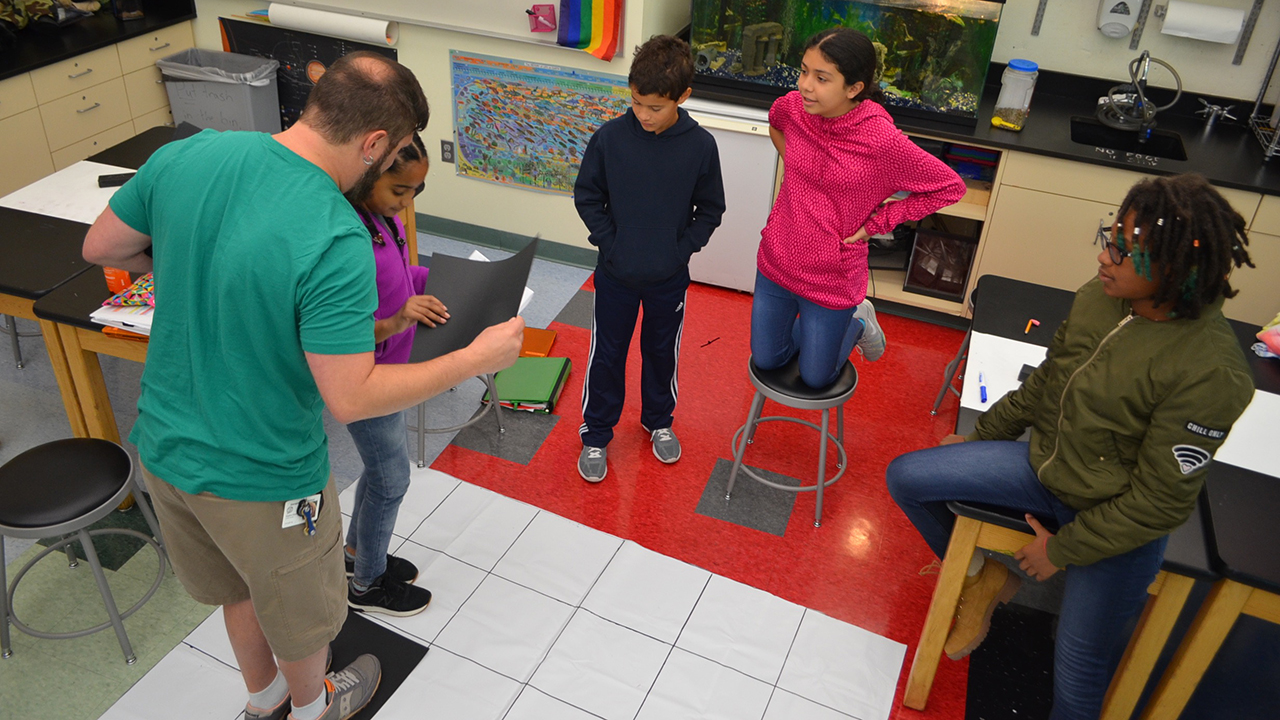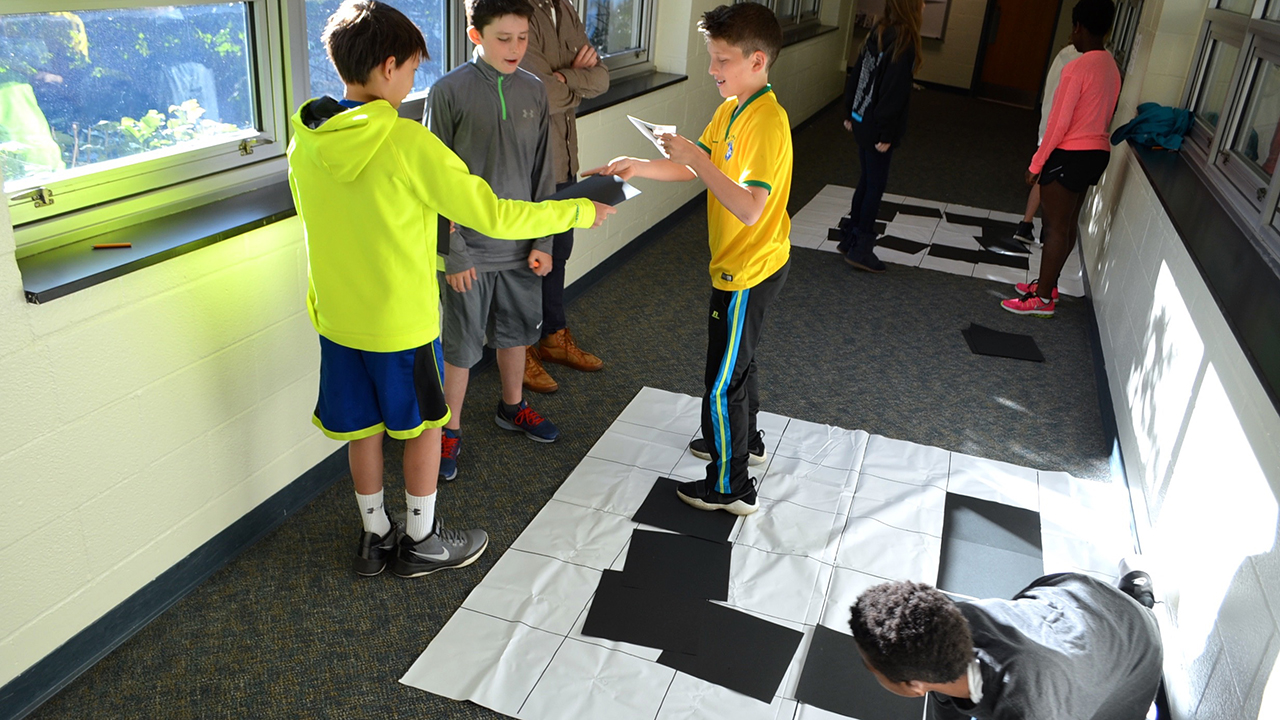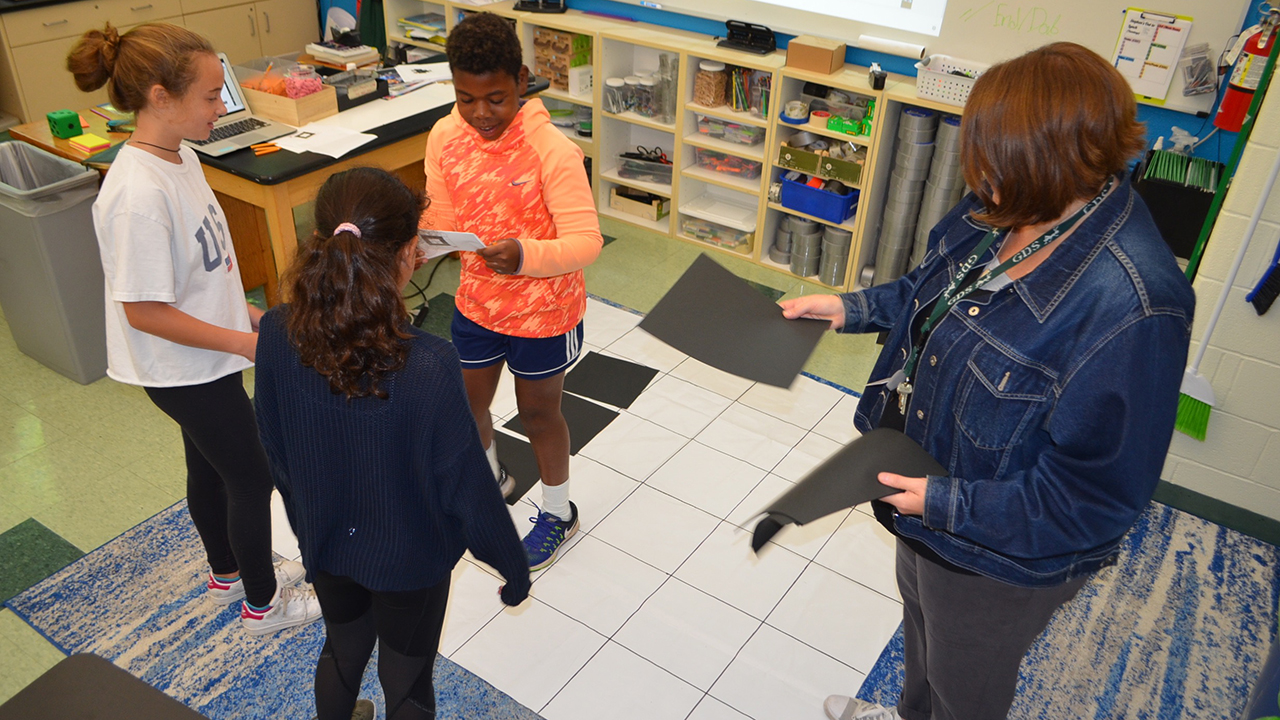Ask anyone who has ever taken a personality test, such as Myers-Briggs, and they might tell you: introverts are shy/quiet individuals who like to spend time on their own and are usually uncomfortable in social situations; extroverts can talk to anyone at a dinner party and prefer to be in the company of others. The terms “introverts” and “extroverts” were first coined by Swiss psychiatrist and psychoanalyst Carl Jung in the 1920s. Jung posited that introverts draw energy from being alone, and extroverts from their surroundings and social interactions. Over the years, research on the characteristics and experiences of introverts and extroverts has supported Jung’s conclusions, presenting them as he did: binaries that have little in common.
In a school setting, our limited understanding of each personality trait has affected students in significant ways. For instance, while research frequently notes the strengths of each type, inevitably, much of it points to the introvert as being at a disadvantage in most learning environments relative to the extrovert.
In my years as a lower school educator, lower school principal, and now in my current role as assistant head of school at Georgetown Day School focusing on the academic and social-emotional needs of our students, I have observed that what we have in classrooms is fluid—there is in fact a range of introversion to extroversion, and students exist within this spectrum. At GDS, we are striving to further understand this spectrum and its influence on our pedagogical practices, recognizing the unique needs at each end of the scale—and all the spaces in between—in terms of learning style needs, preferences, and strengths.
More often than not, introversion is made synonymous with shyness, however, the two do not have an absolute correlation. As Nikki Mohanan points out in her article on teaching introverts and extroverts, “While some individuals may be both introverted and shy, the two qualities are not synonymous. An individual on the introversion end of the spectrum might be quite socially skilled but prefers solitary time and needs time alone after extended social interaction.” Mohanan calls us to examine the ways in which our biases reward the tendencies of extroverts in our classrooms.
Our understanding of fluidity, extroversion, and introversion within a spectrum implores us to re-imagine classroom practices that have traditionally been influenced by a focus on these personality traits as binary. More recent research maintains that only 1/4 of our population is actually on the extreme ends of this spectrum, and 2/3 are what research refers to as ambiverts. Caroline Beaton writes in her article Most People are not Introverts or Extroverts that,“ambiverts are people with balanced, nuanced personalities composed of both introverted and extroverted traits.”
I will highlight two strategies shared by Nikki Mohanan that she recently presented to college professors for consideration, and which can be widely applied.
The first strategy I presented is congruent choice. This simply means that, when possible, we provide students with choice to engage in learning in ways that are congruent with their temperament. For an introverted student this might include working alone rather than in groups, being given time to think or write before being asked to speak and being assessed through written work rather than through oral presentations. The opposite choices might be preferred by students on the extroversion end of the spectrum.
A second concept that I introduced is an equitable approach to risk taking. While the policy of congruent choice allows students to work within their comfort zones, we acknowledged that much of learning requires us to stretch beyond what feels easy. I speculated, however, that perhaps we ask introverts to stretch more than extroverts. We often demand that our more introverted students “speak up,” “contribute,” “be a team player” and “show some leadership.” Fewer of us, perhaps, ask our more extroverted students to “think first,” “reflect,” “listen” and “acknowledge and invite the contributions of others.” In an equitable classroom, students identify their strengths as well as their areas for growth, and risk-taking is encouraged regardless of where students fall on the spectrum.
Thankfully, as I have navigated our hallways and taken time to observe teachers in our classrooms, I have witnessed varied examples of our teachers’ respect for the full range of students’ learning and communication styles.
Modeling the idea of congruent choice, during a recent sixth grade Computer Science lesson, I observed students using their bodies to create codes on grids that were on the floor. To prepare for this lesson, students engaged in small groups, each determining in advance the role that felt most comfortable. The roles varied from, as students called it, “those who are helping us think through this to those who are helping us by talking about it.” They also determined that it was just fine for a student to try to figure out their strategy on their own and then join the small group. The students’ common sense way of allowing for a full breadth of contribution, which was encouraged by the teachers, allowed for maximum inclusivity within that activity. This was further illustrated as students went to their floor mats, some serving as the ones who moved from block to block as others were responsible for naming what their steps should be.
In another recent observation, I witnessed High School students seated around a table, seeking insight from their teacher on an upcoming research paper. As students began to ask questions and share their ideas, I heard the teacher say, “I would like for those of us who have ideas that are coming right to our minds to take a moment and think about them. This will allow for all of us who are still formulating our ideas to have time so that when we open the conversation up again, we can all feel more comfortable to contribute.”
And in our Lower School, I felt so honored to be part of a conversation where students wanted to understand the distinctions between diversity, equity, and inclusion. Before engaging in a dialogue with them and encouraging questions, the teachers present began by saying, “Sometimes, ideas and questions do not come to all of us at the same time. It’s important that we listen to Crissy and be patient so that we can all have a chance to share.” Both the High School and Lower School examples illustrate an equitable approach to risk taking.
Here at GDS, as part of our ongoing professional development efforts on the application of differentiated instruction practices, and our commitment to providing optimal support for our students’ overall healthy and successful school experiences, we know that a continued, deepened understanding of the introvert/extrovert spectrum, its overall fluidity, and the nature and prominent existence of ambiverts, is immensely important. Introverts, extroverts, and ambiverts all contribute to the rich diversity of our school. As part of our historical footprint of honoring the worth and integrity of every individual within an equitable and inclusive environment, we commit to our continued growth as a way to recognize and include the contributions and gifts of all students within the community.




